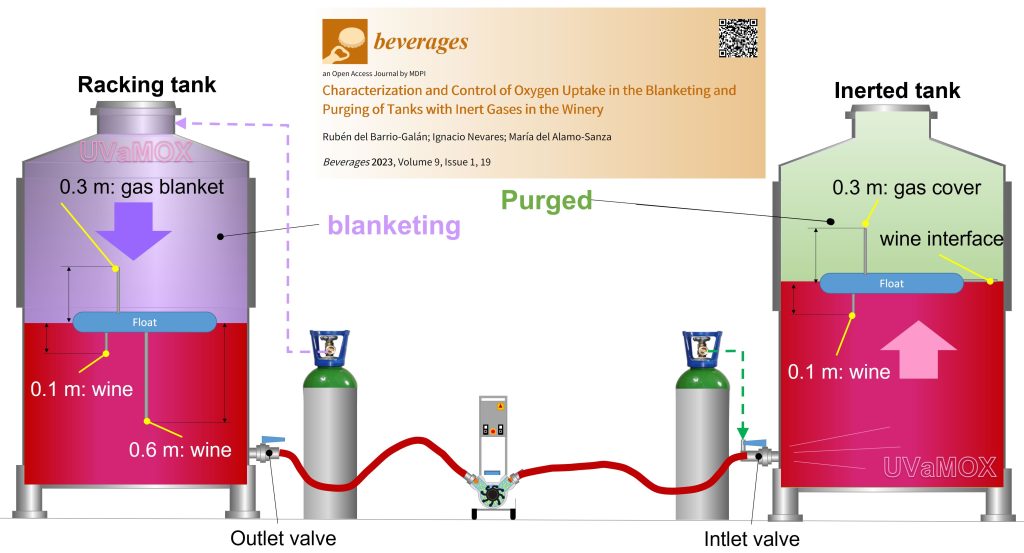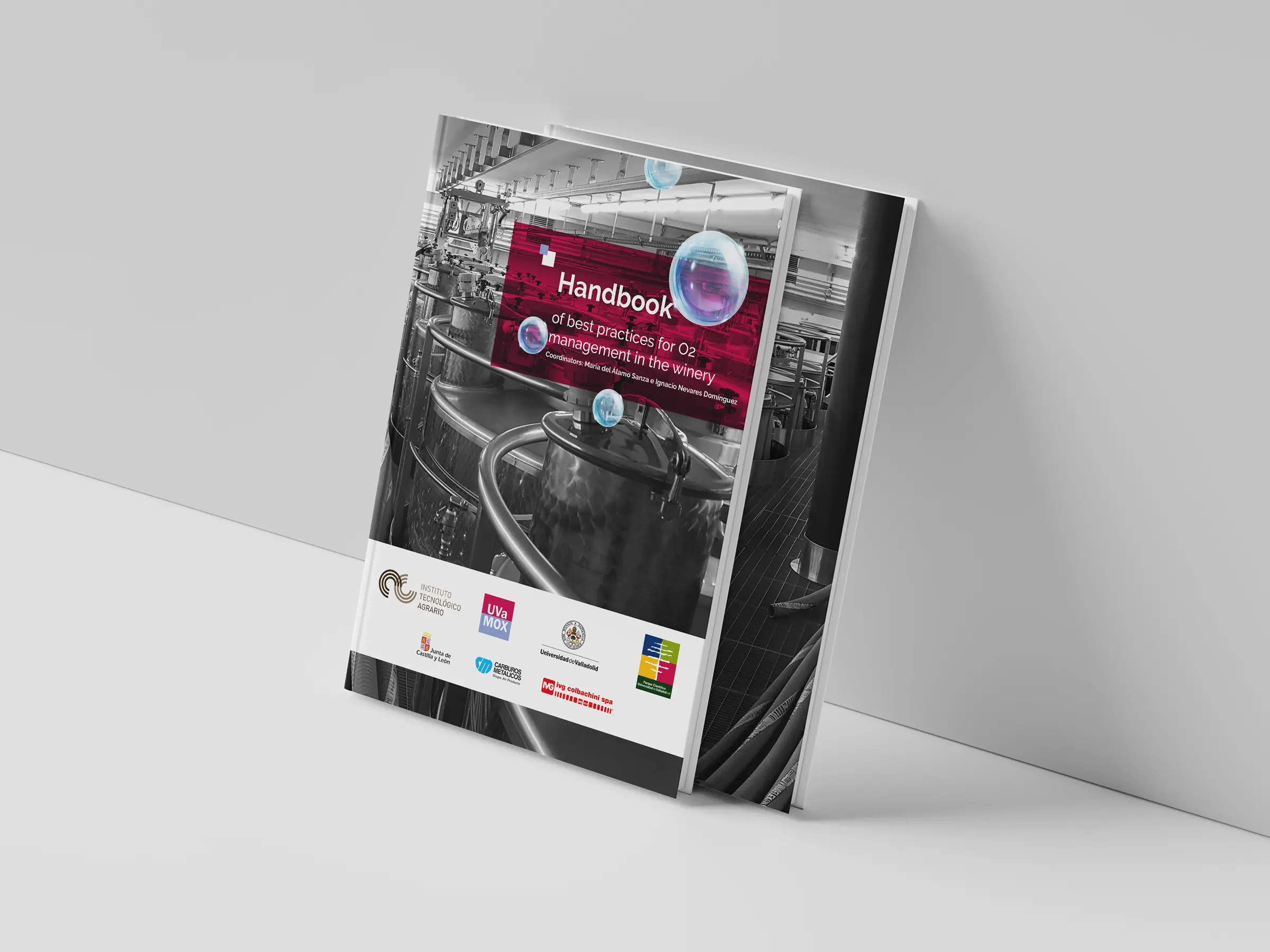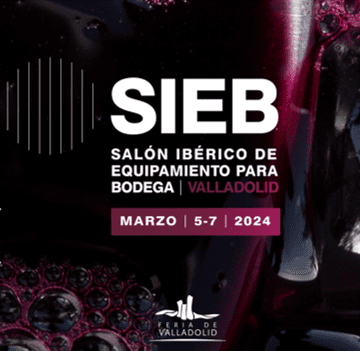
This work published in Beverages (mdpi) in collaboration with ITACyL, PCUVa and Carburos Metálicos, presents the study of the effectiveness of different inert gases applied during racking to prevent oxygen uptake by wine. Inert gases were used for the purging of empty tanks and hoses before the start of each racking, as well as for blanketing in the full racked tank. After analyzing these operations with the different inert gases, the required volumes of each gas were optimized. The CO2:Ar (20:80) mixture proved to be the most effective for the complete purging of the empty tank, while CO2 was the most cost-effective gas. Purging the empty tank with 25% vessel volume gas was sufficient to achieve useful inerting with all the gases studied, as well as to maintain low levels of dissolved oxygen (DO) in the wine filling the tank. Applying 0.5 of vessel volume of Ar, CO2:Ar (20:80), and CO2 gases during blanketing allowed the headspace oxygen (HSO) of the racked tank to be protected throughout. During the racking of a white wine in a commercial winery, Ar showed the highest efficiency, compared to N2, for both the inerting of empty hoses and destination tank and for maintaining low levels of DO and HSO in the tank.



